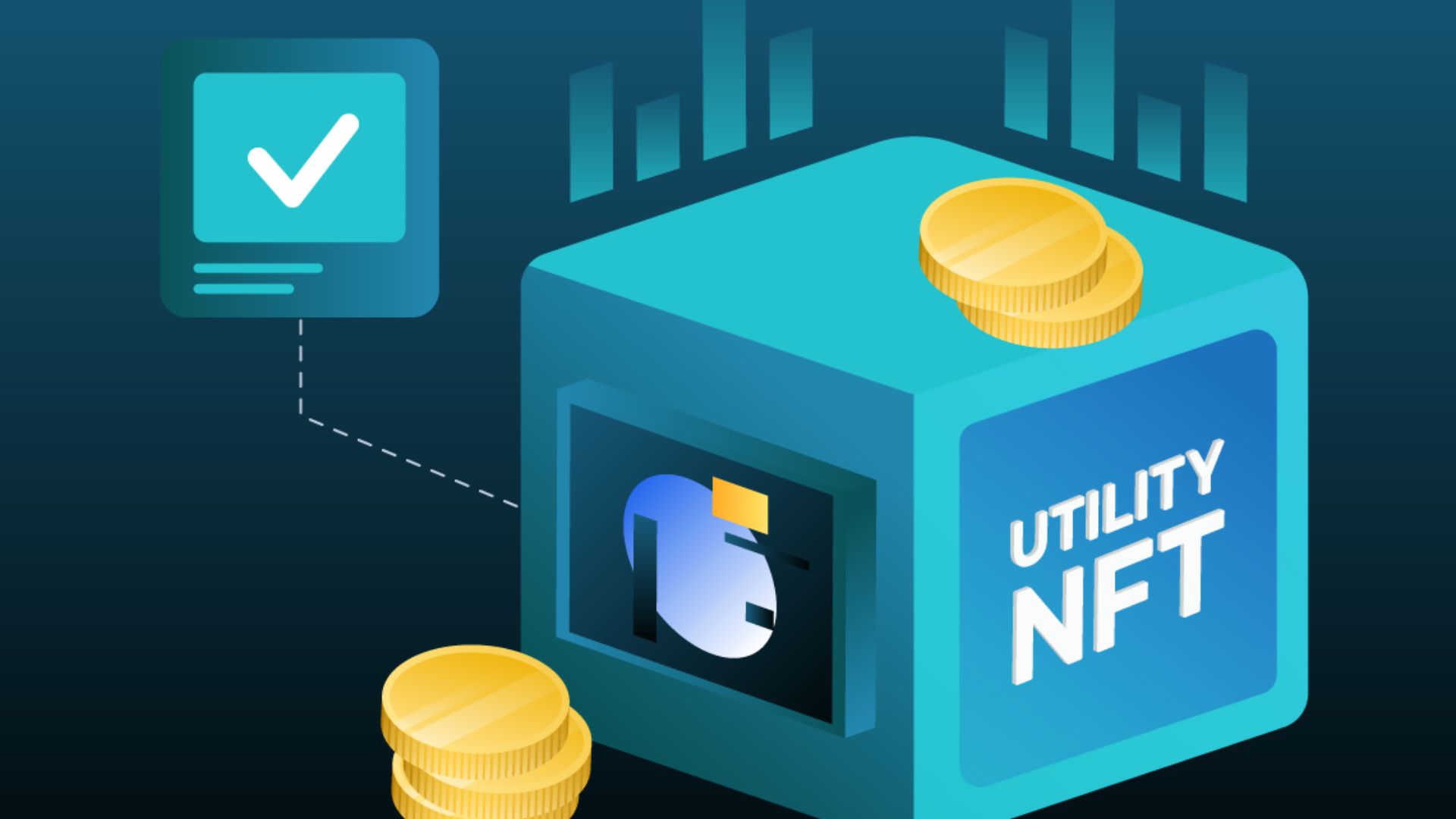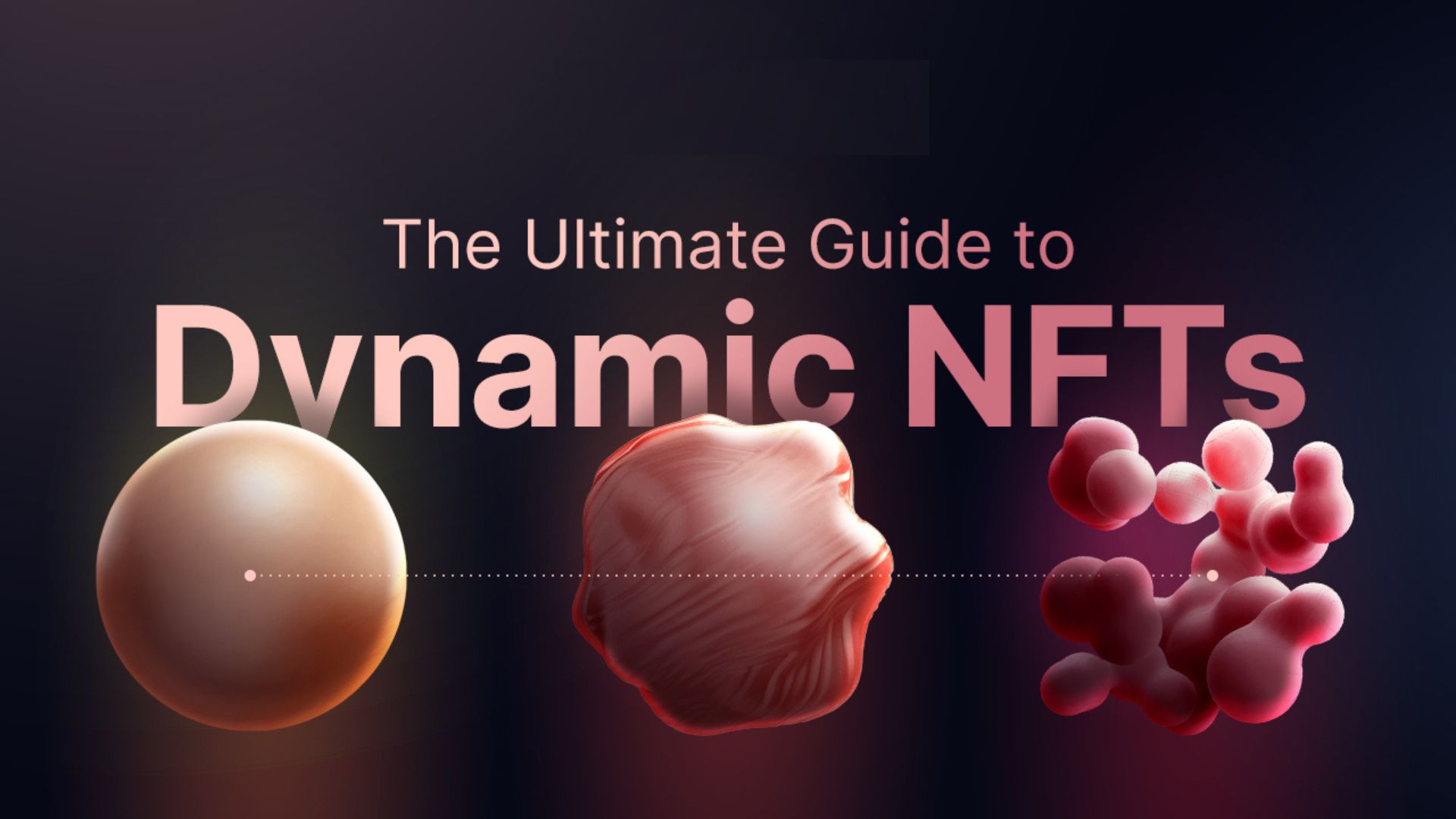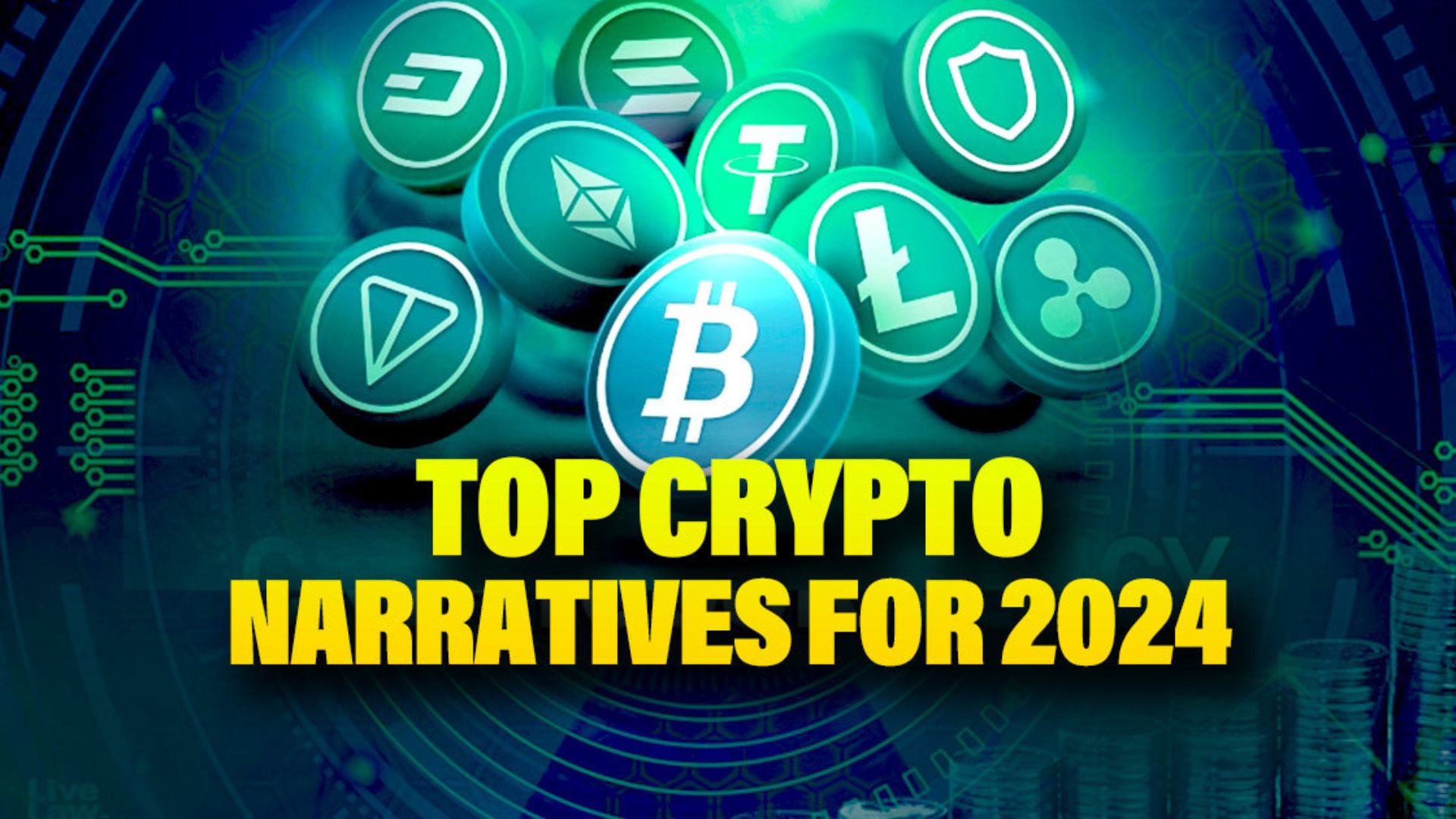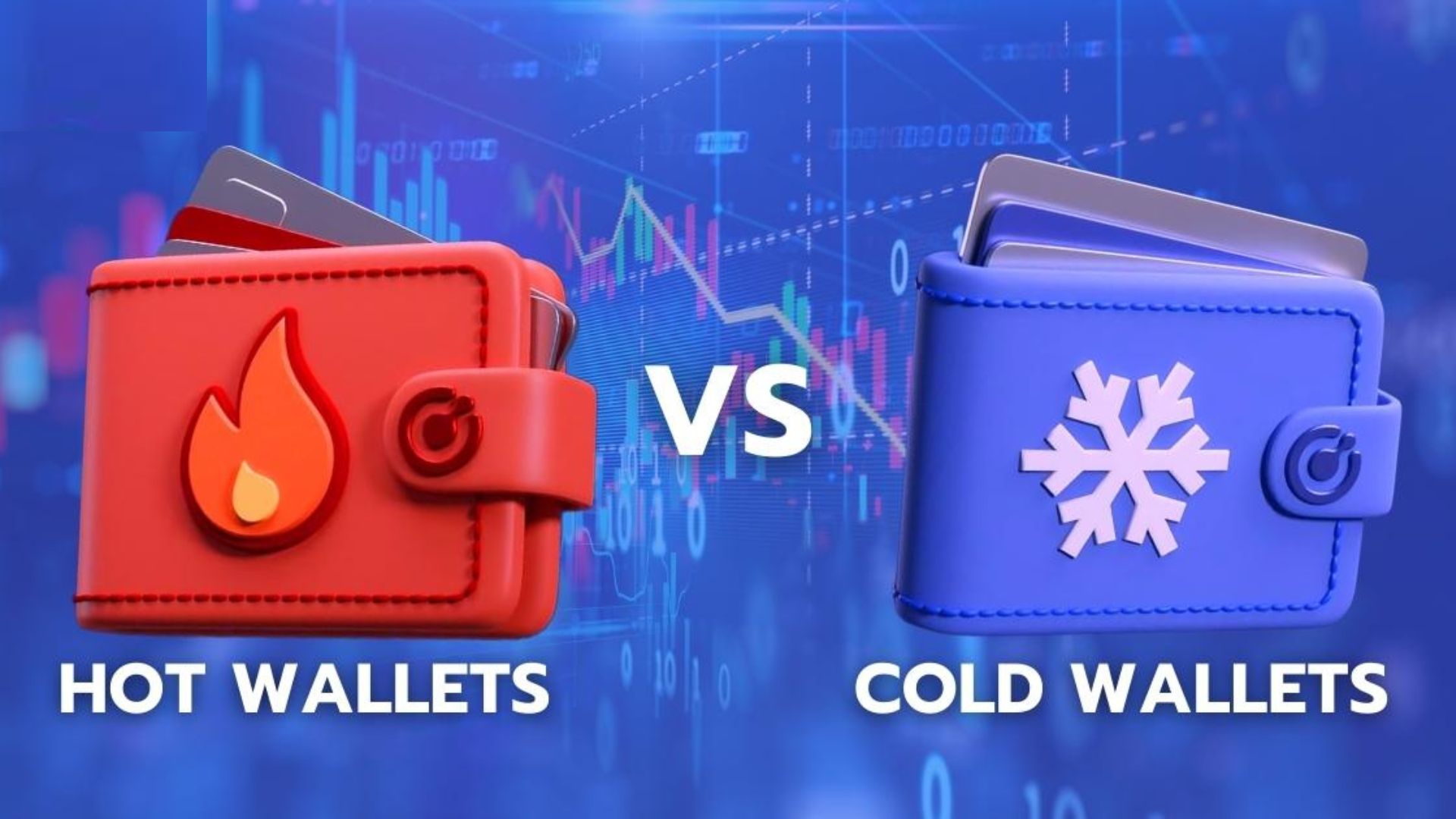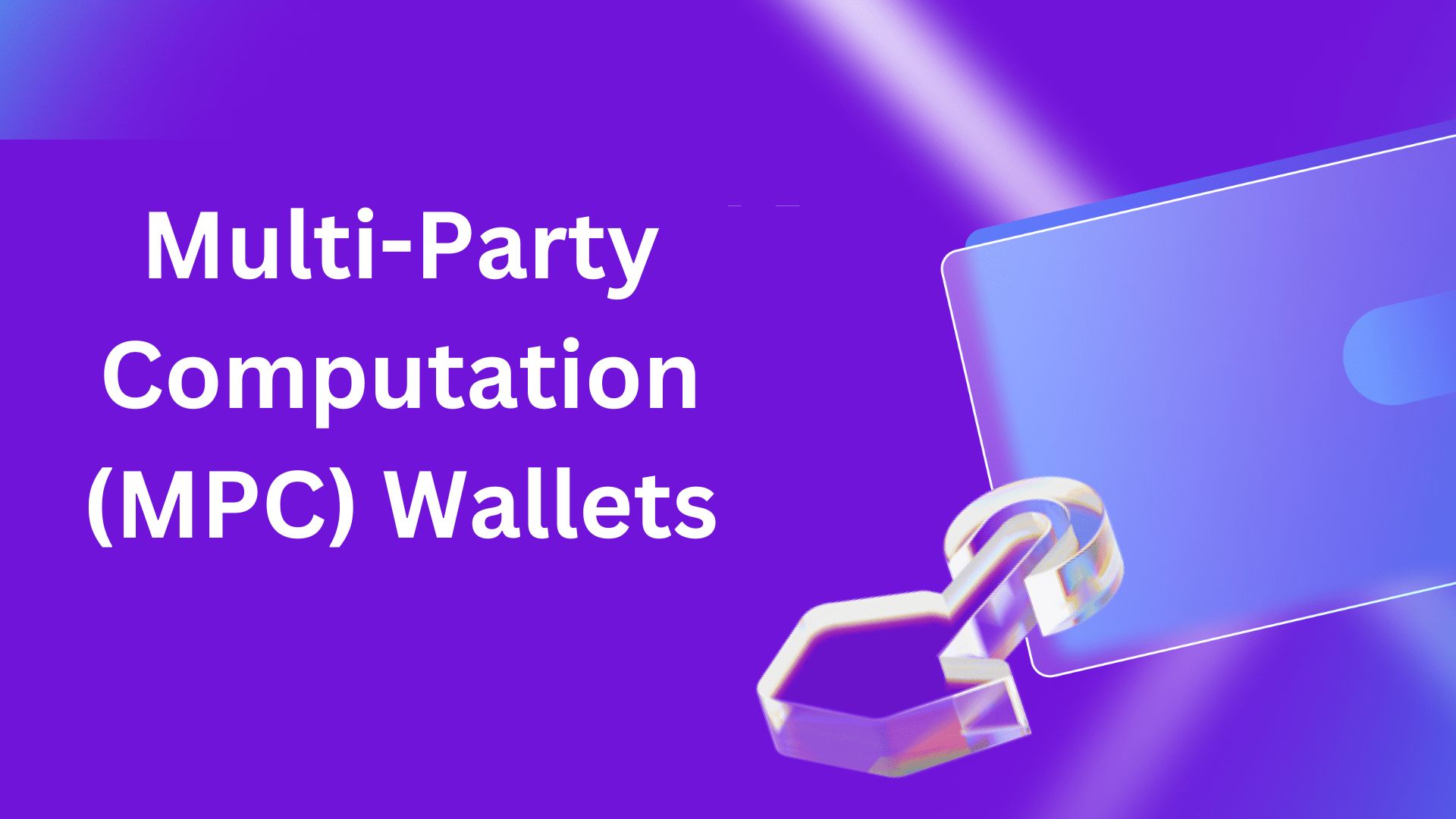NFT Investment: Guide to the Risks and Returns of NFTs
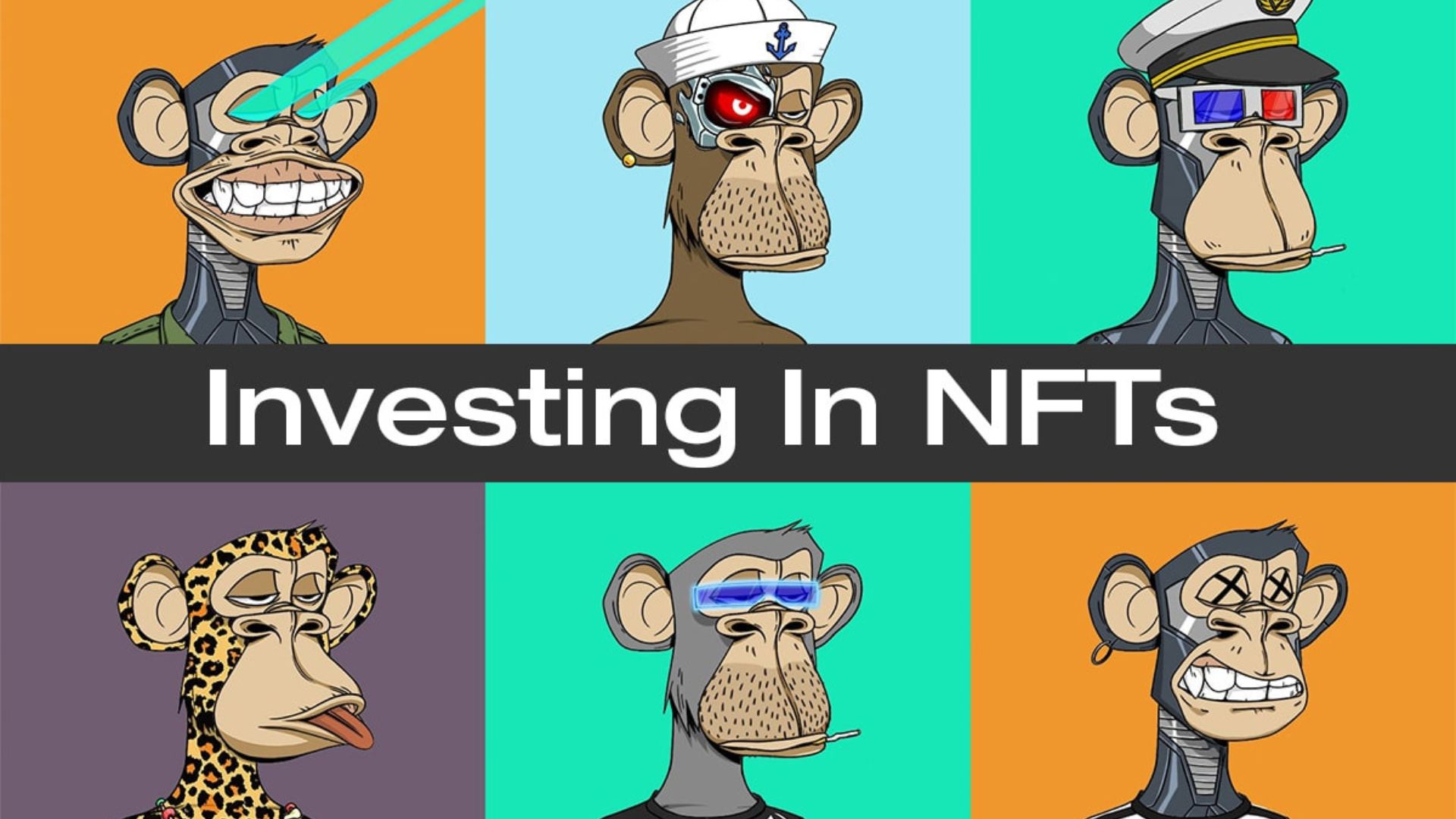
NFT Investment: Guide to the Risks and Returns of NFTs. Digital assets that stand in for media, such as songs, films, and artwork, are known as non-fungible tokens, or NFTs. While NFTs have the potential as a medium for the exchange of digital artwork, they also have the potential to stand in for physical assets. The very existence of an NFT serves as proof of authenticity for the digital (or physical) asset it represents. Consider Vincent van Gogh’s “Starry Night,” which has likely seen countless revisions by this point. Merchandise such as mugs, prints, magazines, and digital art include well-known artwork. Even so, there will only ever be one unique work of art in existence. The one that van Gogh created in 1889 in France is the one that may be seen at New York’s Museum of Modern Art.
The most precious artwork will always be the original van Gogh creation, no matter how many copies there are or how many more there will be. Similarly, NFTs validate assets’ worth by demonstrating their uniqueness amidst a sea of replicas. This article covers how to invest in NFTs and the dangers and returns of doing so.
How are NFTs Purchased and Sold?
NFTs are typically built using the same underlying software as various cryptocurrencies and are routinely bought and traded online using cryptocurrency. Despite their antiquity, NFTs are currently in vogue as a means to purchase and sell artworks. There appears to be no slowdown in sight for NFT sales, which Reuters reports reached $25 billion in 2021.
Those unfamiliar with NFTs may ask about the big issue for digital artworks that can be seen, screenshotted, and downloaded online. For instance, you can watch Beeple’s “EVERYDAYS: The First 5000 Days” online for free, but it sold for $69.3 million at Christie’s. Collectors cherish the tangible evidence of owning the original artifacts as much as they value investing in NFT art. The built-in authentication of NFTs grants digital “bragging rights” that are highly valuable, particularly among collectors, in layman’s words.
NFTs have many more uses than the art world. There is a new way for collectors and gamers to own unique assets, such as in-game objects, and earn money from them. In virtual worlds like Decentraland and The Sandbox, players can build and own amusement parks and casinos. Gamers can also buy and sell virtual goods like avatars, outfits, and in-game currency on a secondary market.
How to Invest in NFTs
You may be asking how to invest in NFTs now that you better grasp them. Not all NFT purchases are as easy as purchasing Ether ETH $2,949, the native coin of the Ethereum network. Also, you’ll have to search elsewhere for NFTs because they aren’t listed on cryptocurrency exchanges.
It would be best if you also were wary of the gas fees while buying NFTs. You should know the extra gas price or the amount paid to finish the transaction if you’ve never dealt with Ether. Some customers have paid more for the gas than the NFT itself. Therefore, it’s wise to wait for high prices before purchasing NFTs.
If you’re not interested in purchasing NFTs directly, you can invest in them through a venture capital fund focusing on crypto infrastructure and NFTs. Be aware, nevertheless, that being an accredited investor is a prerequisite to venturing into venture capital. Another option is to look into NFT-focused exchange-traded funds, such as the Defiance Digital Revolution ETF, which invests in NFT stocks, blockchain, and cryptocurrencies, even if you don’t have accreditation.
Advantages of NFTs
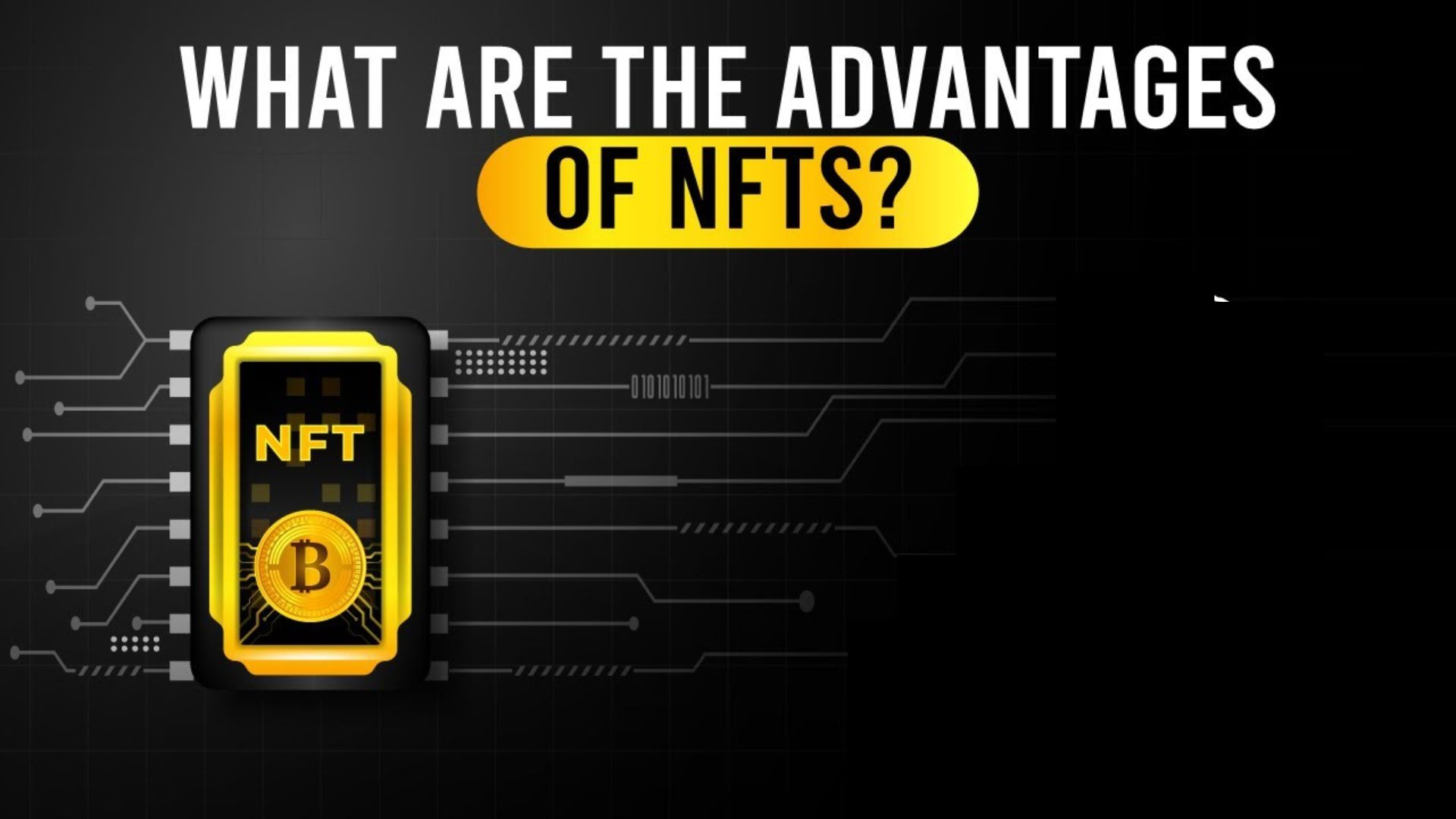
Authenticity
The distinctiveness of non-fungible tokens is crucial to their benefits. Because each NFT token is unique, creating a counterfeit NFT is physically impossible. There is a distinct record for every NFT since they are all established on the blockchain. This gives customers peace of mind, knowing they aren’t buying a knockoff. To increase the value of NFTs, its designers can decide to release a limited amount of them.
Ownership
The ability to prove ownership is the primary benefit of non-fungible tokens. Thanks to their placement on a blockchain, NFTs make it easier to link ownership to a specific account. They can’t be split amongst multiple owners because they’re indivisible, too. Meanwhile, the ownership advantage of NFTs ensures that there will never be any counterfeit NFTs for consumers to worry about.
According to critics, one might easily take a picture of NFTs and sell or donate them. You can hold a representation of an NFT, but it doesn’t mean you own the asset. To illustrate the point, just because you see a picture of a Monet online doesn’t mean you automatically own it.
Content Ownership
Giving artists complete control of their work is one of the main benefits of NFTs. Platforms that take the money and glory from traditional publishing models are a common gripe for content providers. For example, digital artists who use these platforms to disseminate their work earn cash from advertisements their audience sees. But the artist does not get every cent of that. The platform ends up getting part of it instead. There are instances when the platform receives most of the earnings if not all.
With NFTs, creators can avoid giving over control of their work to the platforms that host it. The ownership of content is intrinsically linked to the content itself through NFTs. The money stays with the creators when they sell their work. If the new owner can establish intelligent contracts, they may also receive royalties if the NFT is sold.
Transferability
NFTs may also be moved around with ease. In some markets, trading NFTs is simple and offers a variety of possibilities. Because of this, trading NFTs becomes a breeze, and neither buyer nor seller has to worry about the security of their NFTs.
One example is when game creators offer in-game things as NFTs that players may keep in their digital wallets. After that, players can use the in-game items for real-world purposes or even make money. Since NFTs rely on smart contracts, they facilitate the transfer of ownership. Smart contracts allow for the completion of ownership transfers between buyers and sellers upon fulfilling particular conditions.
Risks of NFTs
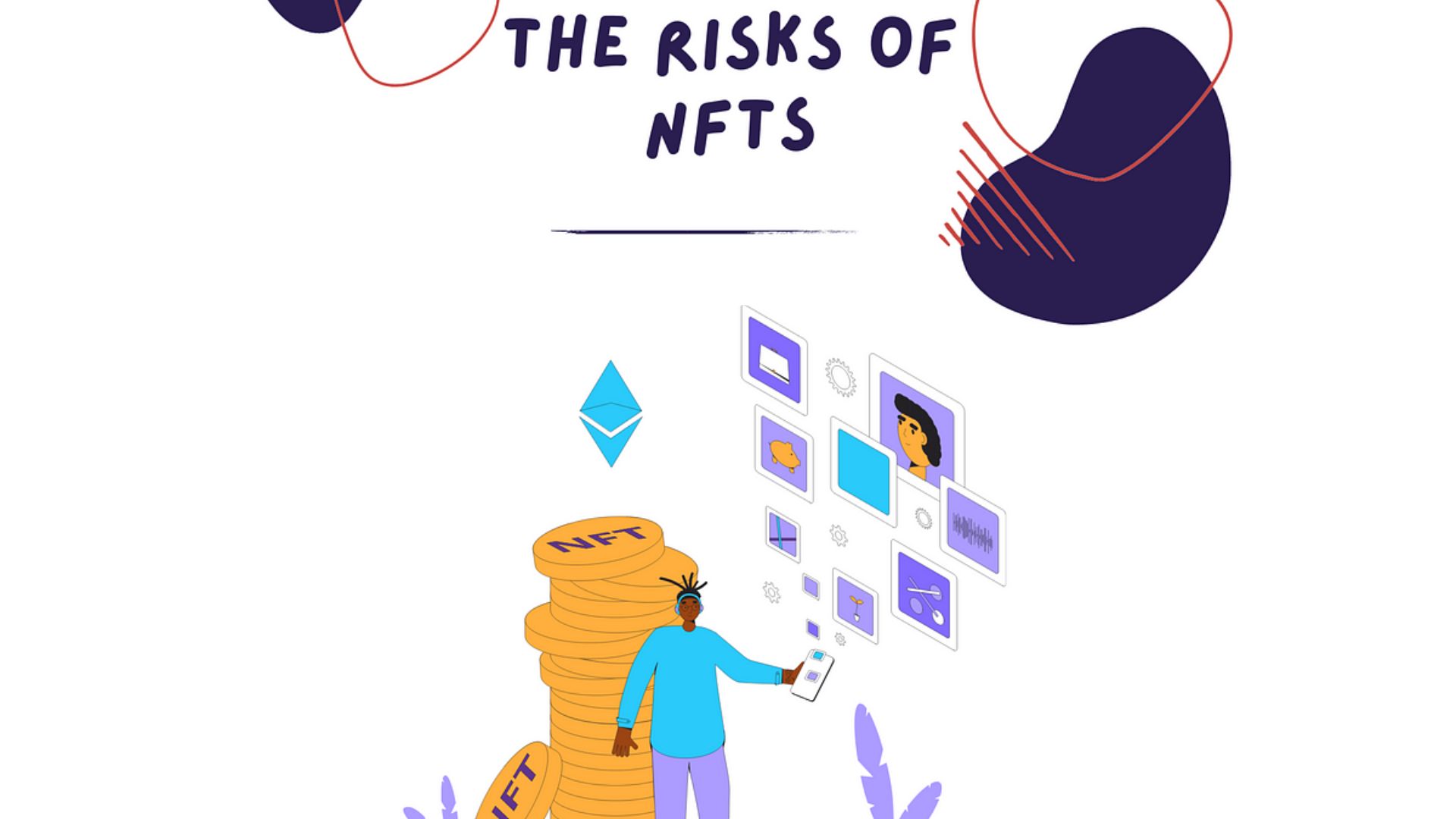
The risks associated with NFTs are explained in the sections below.
Smart contract risks
By exploiting security holes in smart contracts, hackers can launch an attack on a DeFi network and steal substantial quantities of cryptocurrency under specific scenarios. For example, consider the recent hack on Poly Network, which resulted in the theft of NFTs valued at $600 million. Weak smart contract security allowed attackers to gain access, which was the leading cause of the hack. An example of how smart contracts can expose networks to attack is the massive assault on Poly Network, a well-known DeFi network.
Evaluation challenges
Evaluating NFTs is a significant obstacle in the industry. Because there are currently no established criteria, the process of determining the pricing of NFTs is fraught with uncertainty. There is a lot of volatility in the price of NFTs, defined mainly by factors like scarcity, originality, and distinctiveness. People still have a hard time identifying what exactly is driving NFT prices. Therefore, price fluctuations are inevitable. Therefore, NFT evaluation is still quite tricky.
Legal challenges
At this time, no nation has codified a legal definition of NFT. The reason is that there is currently no supranational organization in charge of monitoring the execution of laws about NFTs. The necessity for a regulatory authority is rapidly becoming apparent due to the growing interest in NFTs. Not only that, but NFTs’ uses have progressed substantially. A regulatory structure with explicit norms and regulations is necessary in this situation.
Cyber threats
The number of cyberattacks targeting the NFT industry has grown in tandem with their popularity. It has been known for complete NFT stores to be imitated online to deceive customers. Imitating legitimate NFT stores’ content, logos, and branding allows fake ones to masquerade as the real ones. The only difference is that they’re peddling NFTs that don’t exist, both online and in the real world. Criminals may pose as well-known NFT artists to sell fake artworks that they claim to be the works of these artists. Issues such as copyright theft, phony storefronts, NFT artist impersonation, and false NFT giveaways continue to pose a risk of online fraud in the NFT industry.
Intellectual property rights
NFT ownership offers many advantages if they buy from a trustworthy vendor. However, NFT buyers from less dependable markets may receive fakes passed off as authentic. Therefore, buyers should exercise caution and make sure the seller has the NFT before purchasing it. Anyone buying a copy of an NFT does not own the original but rather just the right to use it. Since decentralized blockchain technology does not yet have intellectual property rights (such as copyright, trademark, moral rights, etc.), this is still a flaw in NFT trading.
The challenge of considering NFTs as securities
As far as the SEC is concerned, most NFTs on the market today are being sold as securities. For this reason, many investors are contemplating buying NFTs as a security. Since not all NFTs qualify as securities, purchasers who see them as such take on additional risk. From a technical standpoint, the Howey test for securities establishes requirements that NFTs must meet to be considered securities.
Several factors determine whether NFTs qualify as securities. Unlike securities, NFTs do not represent ownership of tangible assets like artwork, video game collectibles, or the like. In contrast, an NFT may be deemed an investment contract if it is sold with the expectation of a future value increase. According to the United States Supreme Court order, investment contracts are assets that fall into a broad category and operate similarly to securities.
Are NFTs a Good Investment?
The worth of NFTs depends significantly on the particular application; hence, this is an ongoing topic of discussion. Using NFTs to denote ownership of a work of art or a game collectible is one solid investment case for them. Beyond that, it’s impossible to say if NFTs are excellent investments. The lack of clarity of NFT regulations is a significant hurdle to their widespread use. It is challenging to evaluate and reduce risks while purchasing or selling NFTs due to the absence of regulation, which leaves buyers and sellers without standards to follow when conducting transactions.
